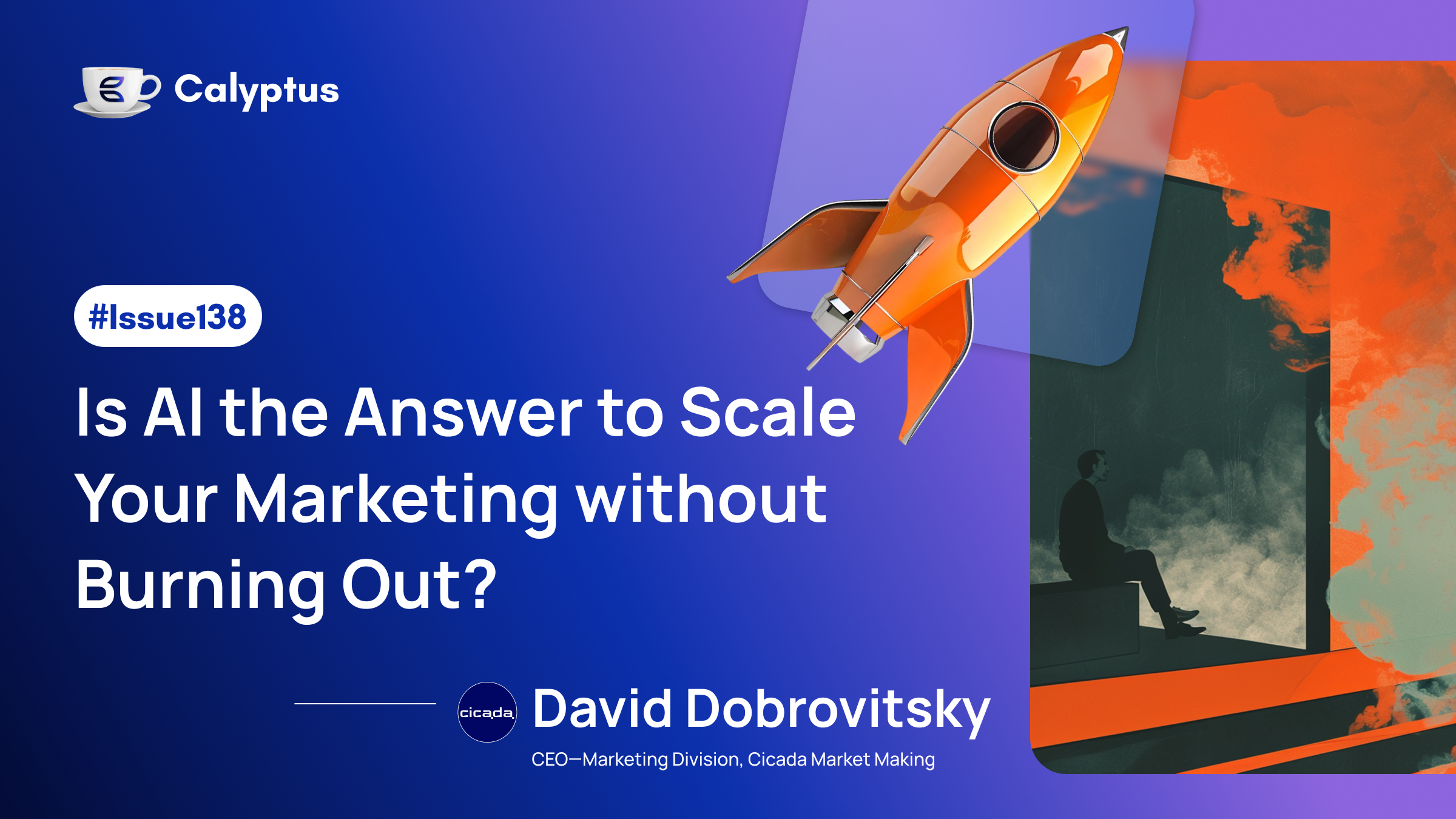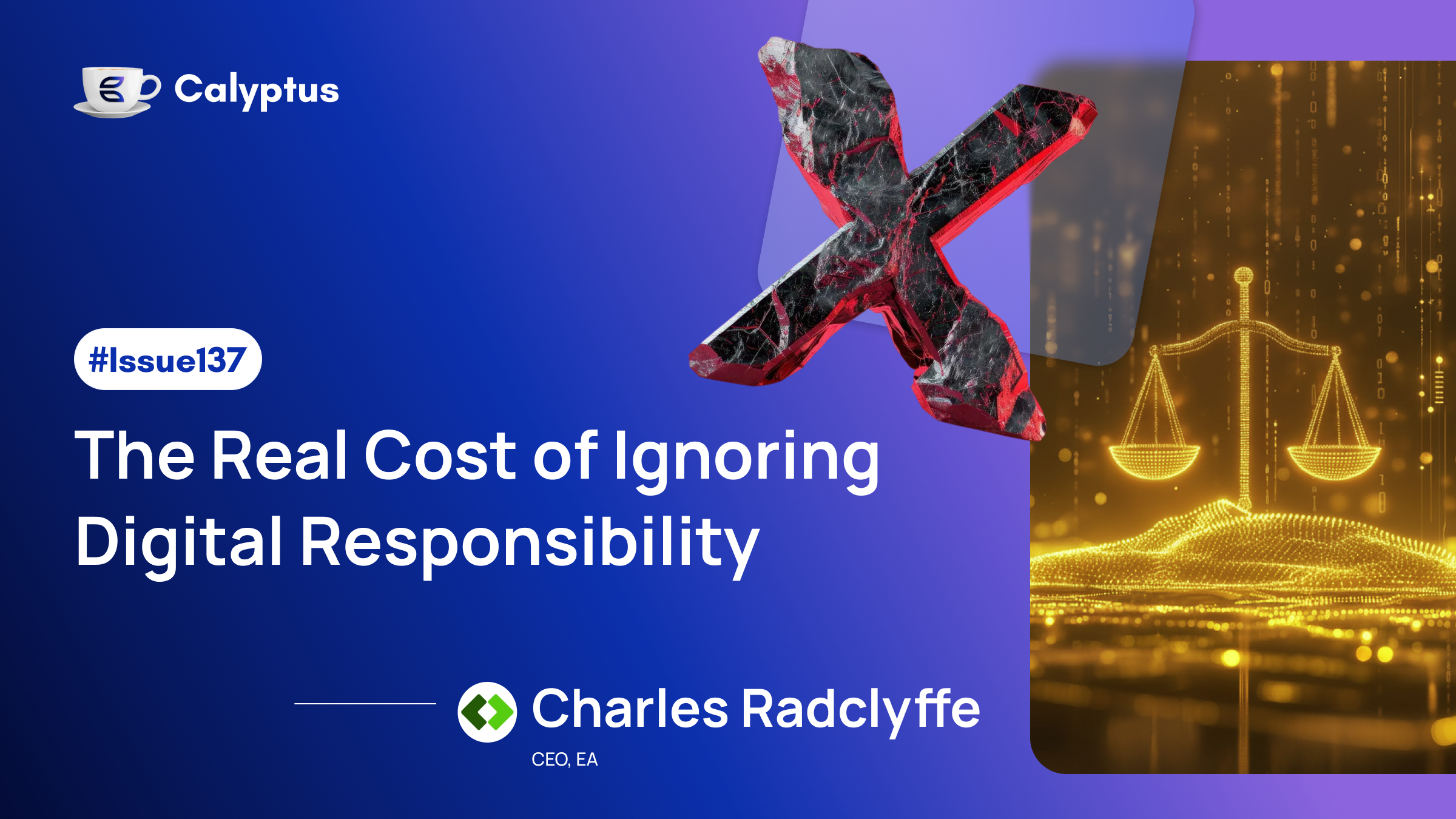Think about what “work” looked like twenty years ago: drafting, editing, coding line by line, designing in Photoshop, even financial modeling. These were skilled technical crafts, tangible, measurable, and linear. But generative models, pipelines, integrations and orchestration are turning much of that sideways.
Today an output might be:
- A prompt that spins up a storyboard, refined by human iteration
- A script that triggers an API chain to fetch data, transform it, and feed a presentation
- A “write this, then critique that, then combine” orchestration
This form of output is neither classical coding nor classic content writing, it’s a hybrid, emergent, neither-here-nor-there capability. It resists old templates of job descriptions. You can’t judge it by the speed of typing lines or neatness of slides. You must judge it by meaning, by context, by orchestration and by stewardship.
Why Hiring Must Evolve Or Become Obsolete
When hiring still leans on old proxies, “years of experience in Tool X,” “did you use framework Y,” it will mis-evaluate the people who thrive today. AI changes the playing field:
- A junior who masters prompting, chaining, agents, or integration hacks might outstrip a senior clinging to legacy templates.
- Traditional coding tests (e.g. LeetCode) are already losing meaning: AI models can solve many of those instantly, making the test more about prompt-engineering than raw logic. Medium
- Hiring moves toward skills-based assessment, not rigid credential or years thresholds. AI tooling empowers novel assessments: simulations, prompt-scenarios, orchestration challenges. Workday Blog
In effect, competence begins to look like curation, composition and orchestration rather than mastery of legacy subsystems. The person who thinks in chains, prompts, conditions, feedback loops, hierarchies, exception paths that’s the person who thrives.
What Modern Competence Looks Like
Let me sketch a rough map of traits defining competence in this new era:
- Prompt fluency & meta-prompting insight
You know how to coax deliberate, high-quality output from models. You can distill goals into iterative prompts. - API/webhook stitching & orchestration sense
You see how to glue models to data, logic, conditionals, systems. You build or configure pipelines rather than hand-code every bit. - Guardrails & escalation judgment
You know when to intervene, when to feed human feedback, when to stop and audit. Not every edge case should live in the automation. - Contextual intuition over narrow syntax
You understand domain context so your prompts or orchestrations aren’t blind hallucinations. You catch when the model is drifting or misinterpreting. - Failure recovery & resilience design
Because working with AI means occasional surprise. The competent worker embeds fallback paths, sanity checks, logging, rollback.
Over time, mastery of one domain remains valuable but the language of work shifts from “writing code, designing slides, building reports” to “steering, shaping, orchestrating.”
How Teams Are Adapting (or Should Be)
- Redefine hiring rubrics
Replace stale criteria with prompt-orchestration challenges. Test orchestration puzzles, narrative prompts, feedback loops. Discard rote tests that AI can automate. - Embrace AI paired work as default
Even non-technical roles learn to use models meaningfully. A marketer might write a complex prompt chain to test an ad idea, not manually iterate through tens of A/B variants. - Mentor the new primitives
Build internal libraries of prompt patterns, orchestration templates, agent architectures. Let newcomers “inherit” that scaffolding. - Guard against “AI workshop"
Just because an AI produces something doesn’t mean it’s useful. Many outputs require critical review, pruning, reframing. Competence includes reducing the “cleanup burden.” - Celebrate the curator culture
Elevate the people who spot hallucinations, orchestrate chains, stabilize flows. Shift recognition from raw output volume to orchestration quality, context sensitivity and reliability.
The Risk of Mis-Seeing “Work”
We must guard against illusions. Just because you can automate something doesn’t mean you should and not every output deserves to be considered “work” in the classical sense. When AI produces surface noise or fluff, passing it off as “done” is dangerous. A slide deck that doesn’t land, a script pipeline that misroutes data, or a prompt that “hallucinates” can do more harm than good.
Therefore, those designing hiring, governance, performance systems must relearn their calibrations. Ask not: how many hours did you code/write ask: what systems did you orchestrate? What feedback loops did you build? How did you guard failure? What edge cases surfaced and how did you respond?
Final Word
Work doesn’t look like work anymore not because we’re lazy or automating everything, but because output has migrated into new layers: prompts, orchestration, AI-curation, agent chains. If hiring and performance systems don’t shift accordingly, they’ll reward the wrong things and lose the right talent.
The future of competence isn’t about how fast you write code or polish slides. It’s about how skillfully you steer and shape AI systems to produce meaning. It’s time our HR, managers, and teams catch up. Because the jobs of tomorrow demand not human vs. AI but human + AI, and the best human is the one who sees the seams.
Sources
- Medium, AI Is Changing Tech Hiring — Are We Doing It Right? — https://medium.com/%40diogofcul/hiring-in-the-ai-era-why-we-need-a-better-alternative-to-leetcode-eb83c086c541 Medium
- Workday Blog, What Skills-Based Hiring Means in the Age of AI — https://blog.workday.com/en-us/what-skills-based-hiring-means-in-the-age-of-ai.html Workday Blog




